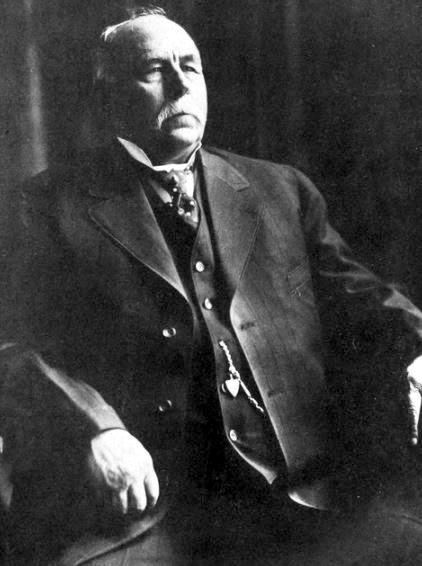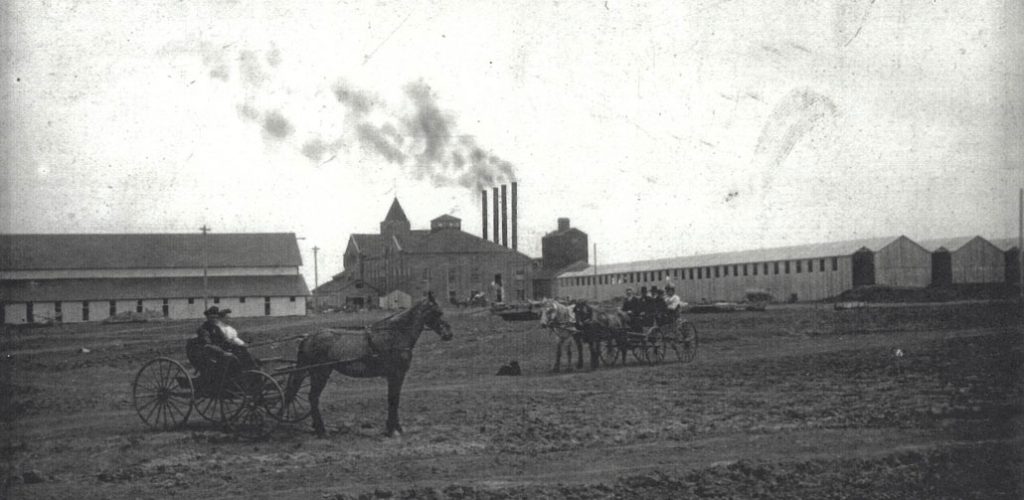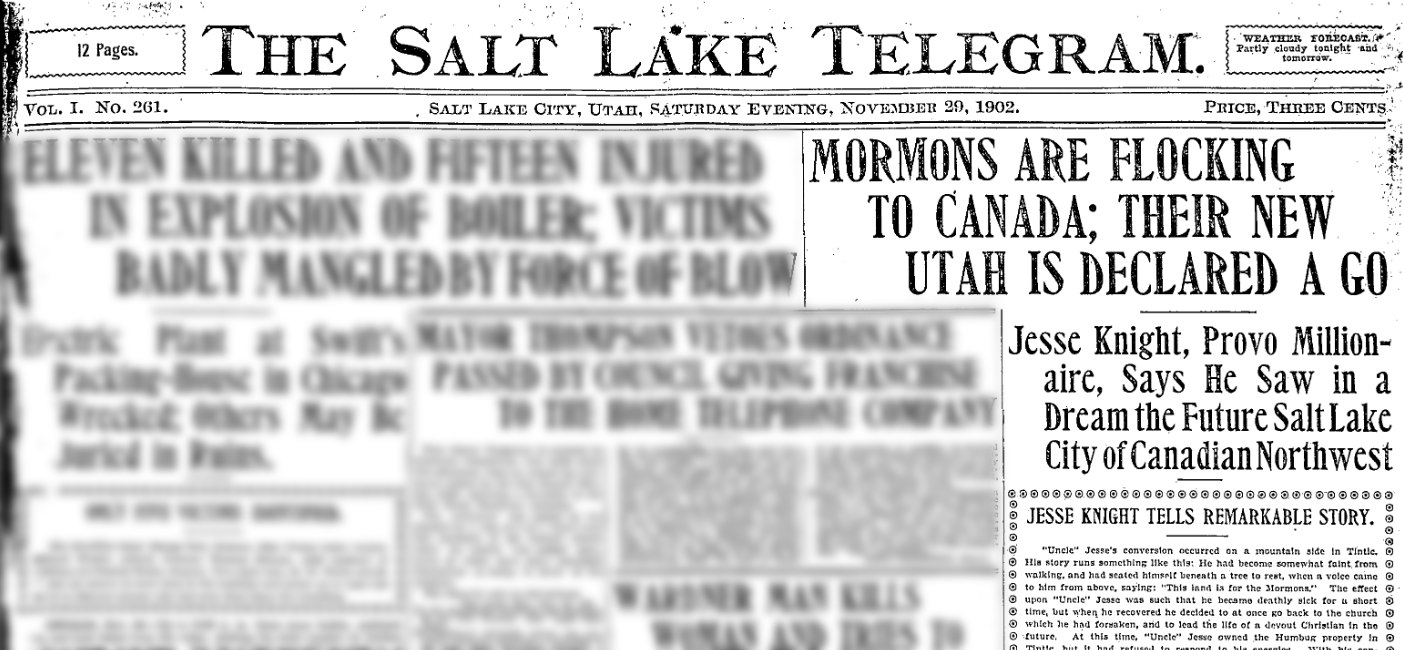
This post is part of series on periodizing Mormon settlement in Canada. With an irrigation system established the Galt company still needed to dispose of thousands of acres of now farmable land. The last period of Mormon settlement, one characterized by economic opportunity, began in earnest in 1901. As early as 1892 C. A. Magrath and John W. Taylor had experimented with growing sugar beets in the region.2 The year before, the first sugar factory in the intermountain west of the United States was opened in Lehi, Utah. The factory processed irrigation grown beets for sugar and was largely funded by The Church of Jesus Christ of Latter-day Saints.3 Taylor, an Apostle in the Church’s second highest body, would no doubt have known about this Utah sugar venture and it is clear he considered it a possibility in the newly irrigated land in Canada. In 1900, C. A. Magrath distributed beet seeds to settlers in the region. The resulting beets were sent to the factory in Lehi to be tested and the results showed promise.4 Magrath travelled to Salt Lake City and met with associates of Taylor’s to try to get backers for a factory in Canada, but initially was unable to convince anyone.5 At some point, Taylor and Magrath sought out Jesse Knight with the proposal. Knight was a well known and wealthy industrialist in Utah and was generally friendly to projects that would benefit the Mormon people.6 Knight was eventually convinced to purchase land in Canada for a ranch. When he visited his new holdings in early 1901, William Hartley wrote that “Canadian Stake President Charles O. Card, Apostle John W. Taylor, and non-LDS developer Magrath convinced Jesse to develop beet sugar manufacturing as an industry in Alberta. … the more Apostle Taylor talked to him the more convinced he became.”7 The resulting deal included Knight purchasing over 200,000 additional acres, operating a sugar factory for 12 years and developing a town.8 He named the town for his eldest son, Raymond.9

This last period of immigration created waves of interest in Utah. Within its first year Raymond had boomed to over 2000 residents with 1500 of them being new settlers in the region.11 Initially, other sugar interests in the country flooded the market hoping to sink the new venture. The Government stepped in because they wanted to see the new industry survive. They agreed to subsidize the sugar developed in the plant and waive all taxes for the initial 12 year contract of the factory.12 Ultimately, the plant failed and was removed in 1917, but not before drawing thousands of settlers and other industries to Southern Alberta. The factory manager, E. P. Ellison started a successful flour milling company.13 During this era, the Latter-day Saint church bought what remained of the Cochrane Ranch and established two more communities in the area, Glenwood and Hillspring.14 By 1908, the bulk of the growth in the area had shifted from immigration to natural growth.15 Thus ended the era of intense Mormon migration to Alberta.
Featured image source16
- https://commons.wikimedia.org/wiki/File:Jesse_Knight.jpg#/media/File:Jesse_Knight.jpg [↩]
- John R. Hicken, “Events Leading to the Settlement of Cardson, Magrath, Stirling and Raymond, Alberta” (Logan, Utah, Utah State University, 1968), 82. [↩]
- Leonard J. Arrington, “Utah’s Pioneer Beet Sugar Plant: The Lehi Factory of the Utah Sugar Company,” Utah Historical Quarterly 34, no. 2 (1966): 95–99. [↩]
- Charles A. Magrath, The Galts, Father and Son: Pioneers in the Development of Southern Alberta, and, How Alberta Grew up: A Brief Outline of Development in the Lethbridge District. (Lethbridge Herald, 1935), 53-54. [↩]
- Charles A. Magrath, The Galts, Father and Son: Pioneers in the Development of Southern Alberta, and, How Alberta Grew up: A Brief Outline of Development in the Lethbridge District. (Lethbridge Herald, 1935), 54. [↩]
- Holger B. C. Tychsen, “The History of Raymond, Alberta, Canada” (Logan, Utah, Utah State University, 1969), 27-28. [↩]
- William G. Hartley, “Mormon Sugar in Alberta: E. P. Ellison and the Knight Sugar Factory, 1901-17,” Journal of Mormon History 23, no. 2 (Fall 1997): 7. [↩]
- Brooke Brassard, “Thirsty Land into Springs of Water: Negotiating a Place in Canada as Latter-Day Saints, 1887-1947” (Waterloo, Ontario, Canada, University of Waterloo, 2018), 117. [↩]
- Tychsen, 30. [↩]
- Source: Raymond Pioneer Museum [↩]
- Tychsen, 39; Hicken, 81. [↩]
- Tychsen, 41-42. [↩]
- Tychsen, 71. [↩]
- Brassard, 119-120. [↩]
- Howard Palmer, Land of the Second Chance (Lethbridge, Alberta: The Lethbridge Herald, 1972), 163. [↩]
- https://newspapers.lib.utah.edu/details?id=16702507 [↩]

